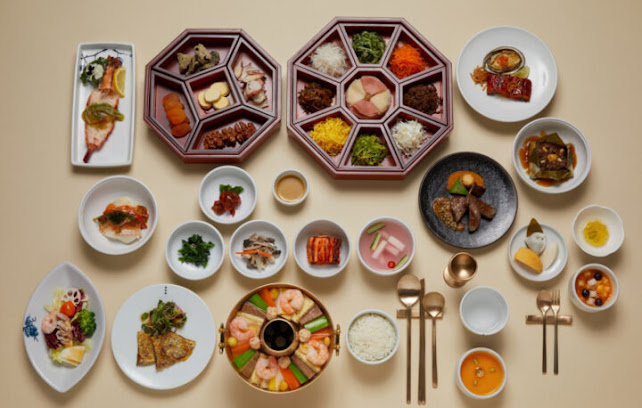Korean cuisine, also known as hansik, is a rich and diverse culinary tradition that has evolved over thousands of years in South Korea. In this report, we will explore the history, ingredients, cooking techniques, and popular dishes that make Korean cuisine unique.
History of Korean Cuisine
Korean cuisine has a long history that dates back to the Three Kingdoms period (57 BC to 668 AD). During this time, the ruling classes developed a sophisticated culinary culture, with dishes being prepared using ingredients such as rice, vegetables, meats, and spices. In the Joseon Dynasty (1392-1910), hansik became further refined as Confucianism became the dominant philosophical influence in Korean society. This led to a greater emphasis on seasonal ingredients and healthier, lighter dishes that were easy to digest.
Ingredients in Korean Cuisine
One of the defining characteristics of Korean cuisine is the use of fermented ingredients, such as kimchi, which is a staple in every Korean household. Other common ingredients include soy sauce, gochujang (red pepper paste), sesame oil, and vinegar. Rice, noodles, and vegetables are also central to Korean cuisine, as are meats such as beef, pork, and chicken. Seafood, including fish, shellfish, and seaweed, is also widely used in Korean dishes.
Cooking Techniques in Korean Cuisine
Korean cuisine utilizes a wide range of cooking techniques, including grilling, stir-frying, braising, and boiling. One of the most famous cooking methods is bulgogi, in which thin slices of beef or pork are marinated in a mixture of soy sauce, sugar, garlic, and other ingredients before being grilled to perfection. Another popular cooking method is bibimbap, in which rice, vegetables, and meat are combined in a hot stone pot and mixed together before eating.
Popular Korean Dishes
Some of the most popular Korean dishes include:
Kimchi: A fermented side dish made from Napa cabbage, radish, or other vegetables, kimchi is a staple in Korean cuisine and is often served with rice and other dishes.
Bibimbap: A rice bowl dish topped with vegetables, meat, and a fried egg, bibimbap is a satisfying and flavorful meal that can be made with a variety of ingredients.
Bulgogi: Thin slices of marinated beef or pork that are grilled or stir-fried and typically served with rice, vegetables, and soup.
Japchae: A dish made from stir-fried sweet potato noodles, vegetables, and meat, japchae is a popular side dish that is often served at Korean events and festivals.
Samgyetang: A nutritious soup made from a whole young chicken stuffed with rice, garlic, and ginseng, samgyetang is a popular dish in Korea during the hot summer months.
In conclusion, Korean cuisine is a rich and diverse culinary tradition that is characterized by its use of fermented ingredients, diverse cooking techniques, and delicious and nutritious dishes. Whether you're a fan of spicy and flavorful stews or grilled meats, Korean cuisine has something to offer for everyone.

Comments
Post a Comment